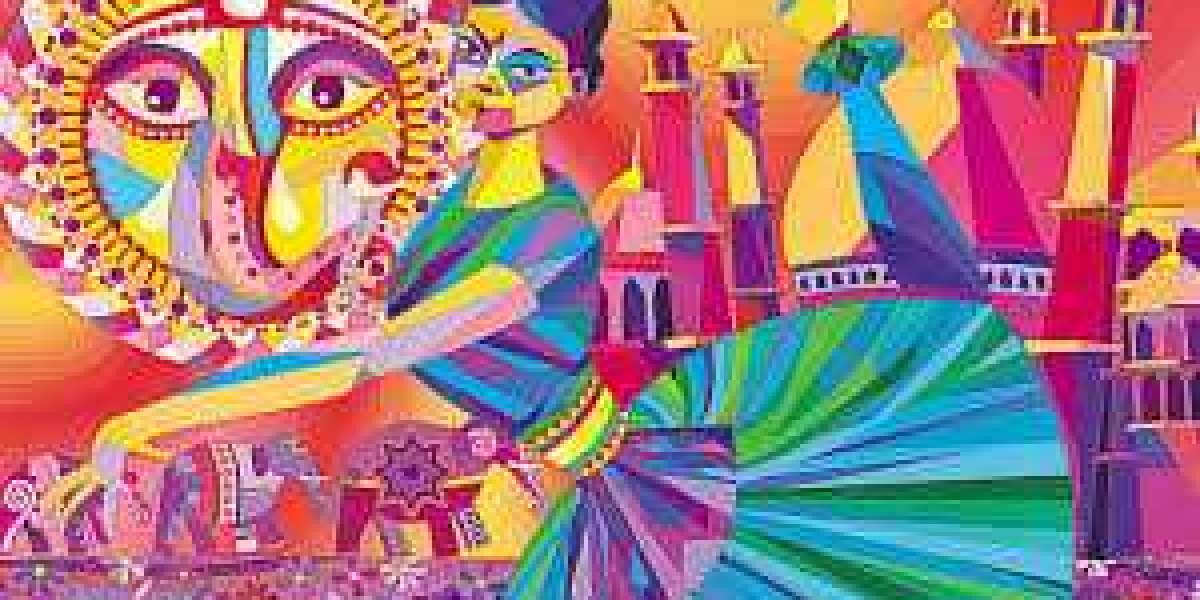Art and Culture lies in the heart of any nation. India as a diverse country is symbolised by the plurality of its culture. art is a part of our culture, it holds certain beliefs, creative ideas and imagination. India has its own long history where different cultures have co-existed together, India has one of the world's largest collection of songs, folk dance, music, theatre,performing arts,stories, rites and rituals, paintings and writings that are considered the "intangible cultural heritage"(ICT).

Art is converting these ideas into something tangible, when members of a society come together and share these intangible ideas, a collection of an era or generation is created and preserved. Art transcends time, it lives more than ever, even after the creator of it dies. it shatters the barriers and goes beyond them to be able share the true meaning of the message, the hidden truths in the society that is usually ignored. Art brings people together and is above languages, age, class, religion, gender, there is no discrimination in art, it is all pure.
India is a vast and a populated country with so many religions being practised, it also enriches culture, a culture is a set of shared attitudes, values, goals, and practices that define a group of people, such as the people of a particular region. Every religion has its own norms, beliefs and culture and tradition that has been followed from the start.
The Indian subcontinent has a wide range of religions that define the morality and the ethics of the people who follow it. Several communities live together and we have a range of religions.
The spirituality of each religion is vested in the sacred books and physical spaces where people get together to pray and share the ideas and their beliefs. To name a few Hinduism,Jainism, Buddhism, Islam, Christianity, Sikhism,Judaism and more. India is a democratic country and with such a vast culture and history, every citizen has the equal right to practise and religion.
Banaras, kashi city, If you visit this place you can see the how, Hinduism is one the biggest religions in the country but has a variety of cults and sects within its purview.Famous for its ghats and the ganga aarti that is held daily at dusk.
Also Buddhism which is one the major religions of the world that originated from India and has now spread to large parts of South-East-Asia. Mostly practised in the northeast states of the country where you can ginf monastery and tibetian lifestyle around the state. The largest buddhist monastery, tawang monastery is located in the tawang city of tawang district in Arunachal Pradesh.
The Muhgals and their architecture has its own taste and heritage, is one of the finest fort ever made by the Mughals is the Taj Mahal, in Agra. Made with white marble its beauty speaks it's volume.
To preserve all the religions, cultures and the arts , the Constitution of India has vested upon the government of India with the responsibility to preserve, conserve and propagate the Indian culture and there various government and non-government organisations that specialise in safeguarding the long cultural traditions of india. There is a need for the revival of the Indian culture and to ensure that the coming generations would understand the importance of India's past, society, culture and politics.








